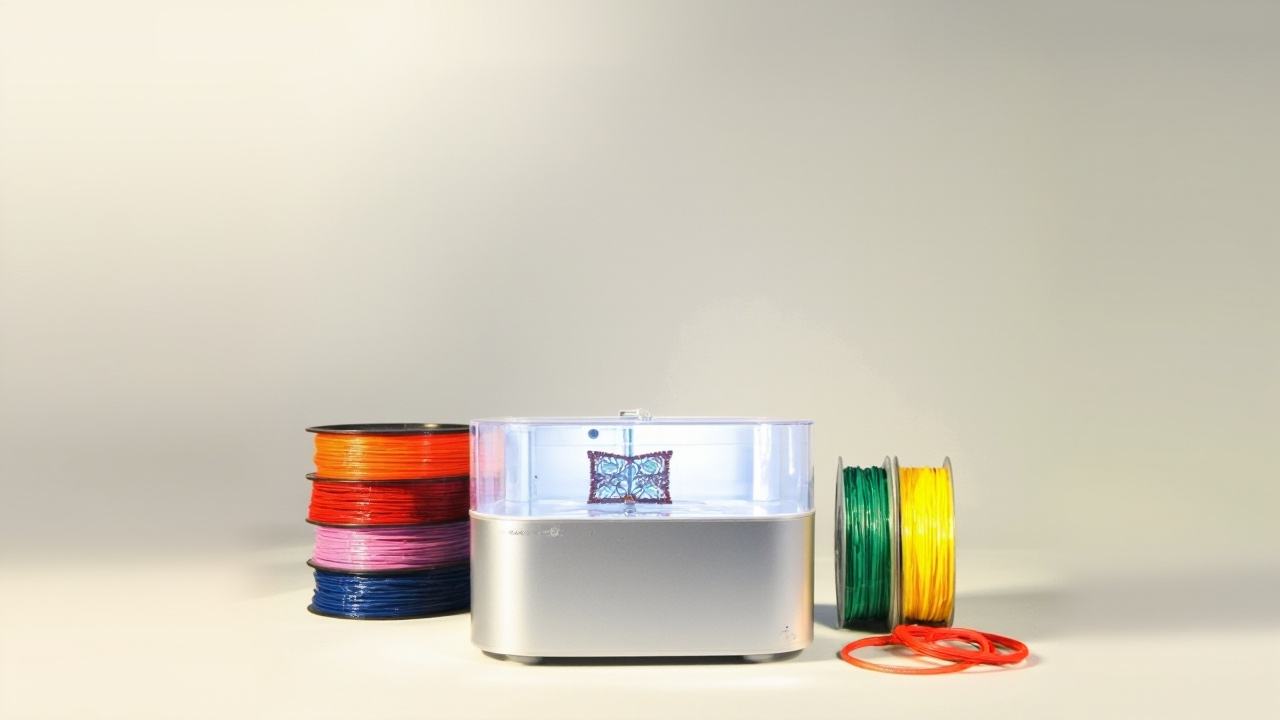China's CAR-T Therapy Breakthrough Shows Cancer Promise

The recent announcement from Huazhong University of Science and Technology that a medical team has successfully implemented in vivo CAR-T therapy marks a pivotal moment in the field of oncology. CAR-T therapy has already demonstrated revolutionary potential in cancer treatment, particularly for hematological malignancies. However, this breakthrough not only showcases a technical achievement but also opens the door to accessible therapeutics for a wider range of patients. In the context of escalating global cancer rates and the need for innovative treatments, such advancements are both timely and crucial.
Unlike traditional CAR-T therapies, which involve complex procedures to extract and modify a patient’s T cells in a lab, in vivo CAR-T streamlines this process, delivering a more cost-effective and less invasive option. Using this method, researchers from the affiliated hospital successfully altered T cells directly within the patient’s body. This could significantly reduce treatment times and overall costs, enhancing the therapy's availability to more patients. In clinical trials involving four patients with difficult-to-treat multiple myeloma, the results were promising—showing a remarkable 100% overall response rate (ORR), with some patients reaching stringent complete response (sCR). Such outcomes not only signal a triumph for those individual patients but also hint at a future where more complex tumors may be treated effectively, drawing attention to how the in vivo approach could revolutionize treatment protocols.
As we observe the landscape of cancer treatment evolving, this advancement serves as a stark reminder of the rapid pace of biotechnological innovation. The implications extend beyond just patient treatment; they challenge the traditional models of clinical trials and drug development. The question remains—how will this in vivo therapy impact regulatory models and patient accessibility in the long run? This breakthrough raises vital discussions about the future of hematological therapy and the potential for in vivo strategies to reshape other areas of medicine as well.
Read These Next

Romers Shuts Down Official Flagship Stores Across All Platforms
Romas' official flagship store has closed on e-commerce platforms, affecting stock trading and consumer trust in the brand.

Rise of Handheld 3D Printing
Commentary on the introduction of MIT's chip-scale 3D printer, highlighting its significance, applications, and future implications in technology.

Shanghai Lego Park Welcomes 7500 Visitors in One Hour
On July 5, LEGOLAND Shanghai opened to 7,500 visitors amid 39°C heat, boosting tourism and family entertainment.
